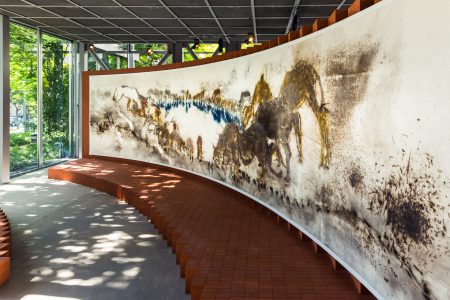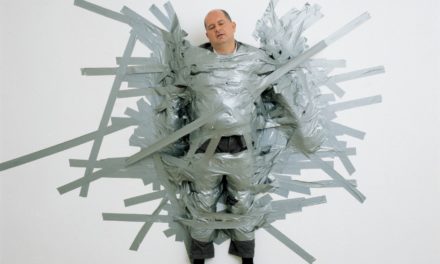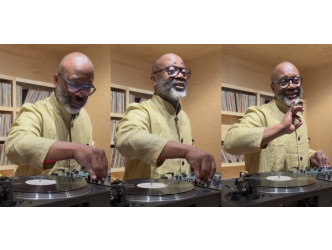The first time the Guggenheim New York honoured a Chinese artist with an exhibition the year was 2008 and the artist in question was Cai Guo Qiang.
Even if his name is almost impossible to pronounce for western people, his artworks (born in 1957 in Quanzhou City, residing in New York) commit themselves immediately to memory.
Stylistically, the artist is a perfect bridge between Asia and the West. If he appears to use an ancient vocabulary, the reality he represents is indisputably current.
He lived in Japan for nine years, speaks the language fluently and in his art he uses Japanese paper, which is both resistant and elastic.
In 1999 he was awarded the Golden Lion at the Venice Biennale.
For a long time he was also hot currency in the art market. According to the market database Artprice, in 2007 a work on paper by Cai Guo QiangQiang made up of 14 pieces was sold in Hong Kong for the equivalent of 6.4 million euros.
At the time it was a record for a Chinese artist. But times they do change and that period of speculation has perhaps not worked in his favour. Demand in China for its prodigal son appears to be more muted nowadays.
After all, Cai Guo Qiang is not an artist who exactly lends himself to domestic settings. His work is explosive stuff (his trademark is gunpowder which he uses cleverly but without being able to completely control the result) and unfolds across very large formats. It has been quite some time since a private gallery exhibition has appeared on the artist’s nonetheless very extensive CV.
On the other hand, Cai Guo Qiang was very quickly picked up on by what is widely considered the world’s biggest buyer of art, Qatar. The Mathaf of Doha devoted an exhibition to him which was a great achievement – greater, I must say, than the Guggenheim’s – in 2011. As we speak,Cai Guo Qiang is turning his hand to curating, again in Doha, at the Al Riwaq gallery near the Museum of Islamic Art, bringing together the work of 15 of his Chinese contemporaries until 16 July.
Before the Prado presents Cai Guo Qiang in March 2017, he has produced his latest work, a painting on paper, as usual in immense dimensions – 18 metres long – especially for the Fondation Cartier in Paris. It is actually made up of a variety of techniques including, among others, his famous gunpowder.
A short film retraces how it was made:
The work is part of the exhibition ‘The Great Animal Orchestra’ dealing with the relationship between animals and humans.
As he explains, for him the animal is a symbol of the human but without a fixed codification.
At the Fondation Cartier, in the building designed by Jean Nouvel which is an exercise in transparency, ( see the view through the lift)
the Chinese master of superlatives states: ‘This is one of the most detailed drawings I have ever created. Animals are like humans in the sense that they have so many expressions and forms (…). I imagined this place being the sole remaining vestige of nature on earth, the last heritage left for animals. So they no longer fight against each other.’
Cai Guo Qiang tells stories about animals that resemble humans. Behind each of his tales there are allegories about our society and behaviour.
Let’s hope that he can’t see into the future: ‘Like in a fairytale world, the depicted scene is a beautiful and moving vision but at the same time it conceals a dark emotion.’ Knowing that his gunpowder works are seen as allusions to the nuclear explosion, this latest drawing would be posterior to the apocalypse:
An ecological warning in a soft poetic form.
Until 2 January . http://fondation.cartier.com/#/en/home
Support independent news on art.
Your contribution : Make a monthly commitment to support JB Reports or a one off contribution as and when you feel like it. Choose the option that suits you best.
Need to cancel a recurring donation? Please go here.
The donation is considered to be a subscription for a fee set by the donor and for a duration also set by the donor.







